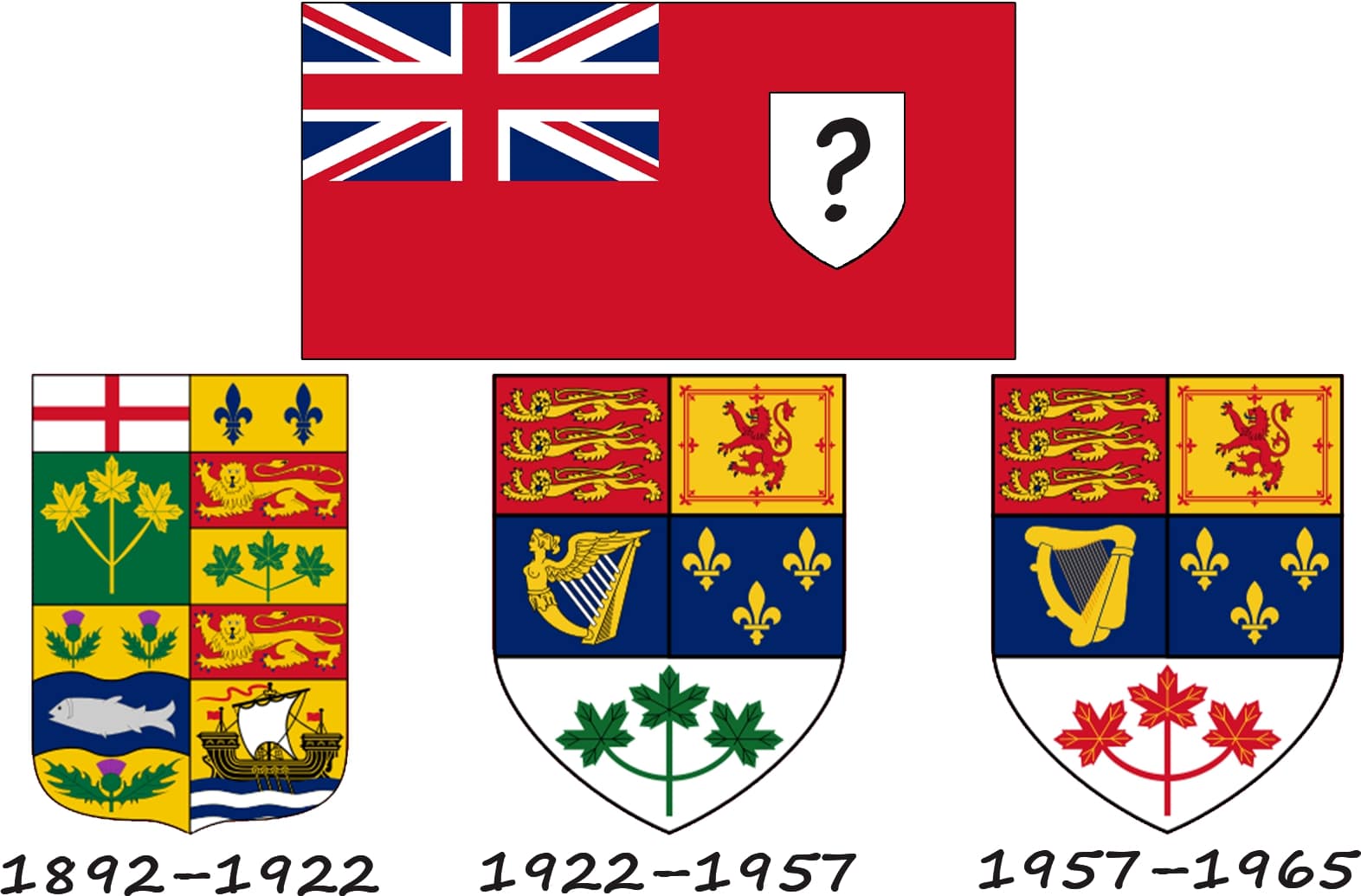In Canada, various flags have been used before the national flag, including flags of European countries such as France and flags of British North America. After Confederation in 1867, Canada used the Royal Union Jack, commonly known as the "Union Jack". The other British flag used in Canada was the "Red Flag", which became a national symbol. This flag was a combination of the Union Jack and the shield of Canada. There were also different versions of the flag, including the coats of arms of the provinces (1892-1922) that joined the Confederation. During the First World War, the Canadian red flag became a popular patriotic emblem. In 1921, Canada was granted a royal coat of arms, which was later placed on the red flag. This version of the red flag represented Canada during World War II. In 1957, the color of the maple leaves was changed from green to red. This version was used until 1965. Over time, the country began to strive to create its own unique symbols.

Many Canadians in the 20th century expressed a desire to have a new national flag that would reflect their country. However, creating a new flag was a difficult task. In 1925 and 1946, attempts were made to consider various concepts and designs, but they were postponed due to fears of political instability. As a compromise, the Canadian government decided to keep the Union Jack as the national flag and add a red flag to government buildings. Many Canadians were attached to the Union Jack and their British heritage.
In 1960, Lester B. Pearson pledged to design a national flag for Canada in time for the country's centennial celebrations in 1967. He proposed a flag with 3 red maple leaves on a white background with two blue stripes, known as the "Pearson's Pennant". However, his proposal met with resistance in Parliament. A committee was set up to make recommendations for the flag. The debate in the committee was divided between those who wanted to retain the colonial symbols and those who wanted new national symbols. This period was known as the Great Flag Debate. One of the options considered by the committee was a concept with a single red maple leaf on a white background and two red vertical stripes on either side, proposed by George Stanley, dean of the Faculty of Arts at the Royal Military College.

After reviewing thousands of concepts from Canadians, the flag committee selected three finalists: "Pearson's Pennant, a concept with a central maple leaf, Union Jack and the French Royal Flag (blue background with three lilies), and George Stanley's concept with a single maple leaf. In the end, the committee voted in favor of Stanley's design, which was supported by the House of Commons and the Senate. After that, Stanley's concept was finalized and the final design of the Canadian National Flag was created. The new maple flag was officially approved by Queen Elizabeth II in 1965, and on February 15 of that year it was solemnly raised. It was an important event that symbolized Canada's freedom, justice and tolerance. The new flag has become a hallmark of Canada and represents its values and citizens.





